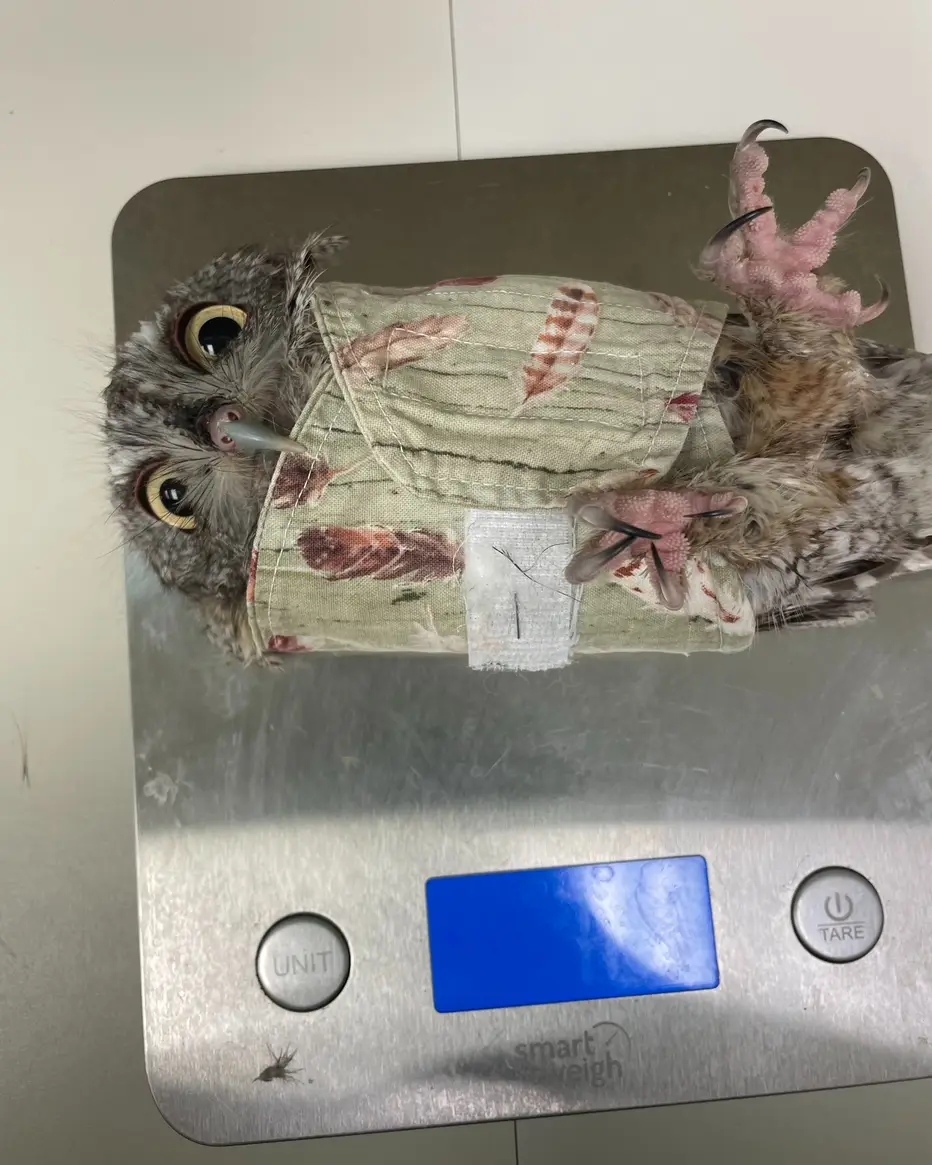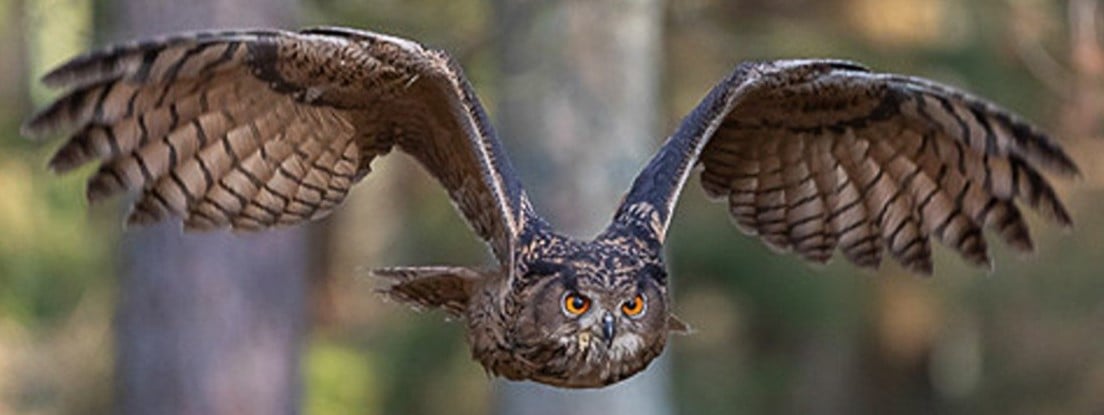From The Raptor Center
As we tally up the final patient statistics of our record breaking 50th year census, we have had a few other unique trends unfold.
In many ways, owls have been the hot topic of our hospital in 2024. For starters, we have seen a number of less common owl patients, including a Northern hawk owl (15th ever), and a barn owl (4th ever). Winter brings the elusive northern owl species south in search of food, and we have already admitted multiple great gray owls and five snowy owls in the past month alone with a long winter ahead.
"Hoo" else has stopped in?
While Northern saw-what owls are a common patient around here, this summer we responded to a damaged nest with an above-average sized brood of seven young saw-whets (average clutch size is 5-6). Six of the seven were successfully released back into the wild!
Baby raptor season in Minnesota kicked off about a month earlier than anticipated as a result of great horned owls nesting and laying eggs earlier than usual. Our first baby patients of the year took a tumble out of their nest and were able to be placed back in a new, reinforced nest within 24 hours.
Our education team gained two new permanent feathered residences this year as well. With the public's help naming them, we welcomed great horned owls Odin and Timber to our team of raptor ambassadors.
This past fall, net entanglements were on the rise. With the exception of two hawks, great horned owls and barred owls were mainly affected due to being nocturnal hunters, making the netting harder to see at night.
And lastly, the Northern hawk owl mentioned above was our 1,000th patient of the year and a barred owl was our 1,059th patient admitted which officially made this our busiest year on record.
We are excited to see what our 51st calendar year of operation has in store for us!


It's an owl burrito!
Whatever gets the job done!
That's starting to look more like a Wraptor Centre
Sometimes you save them, sometimes you snack on them.
😱
No, no, I kid! Raptors are our neighbors, and not for snacking. 😇
Yeah I gotchu! 🤗